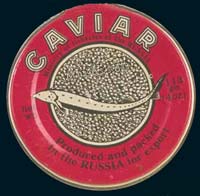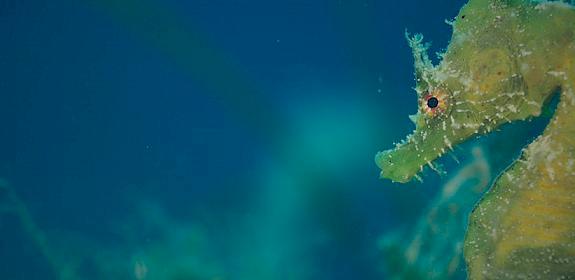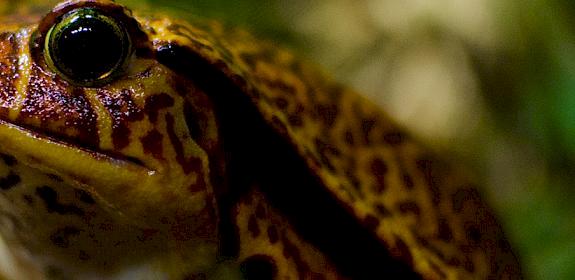Stamp of approval for caviar
Cambridge, UK, 29th June 2007—From 1st July 2007 all caviar sold in the UK must display labels approved by the Convention on International Trade in Endangered Species of Wild Fauna and Flora (CITES).

The non-reusable labels will give detailed information about the origin and age of the caviar, and, if appropriate, where it was repackaged in the UK.
Illegal caviar trade is a major concern as the main threats to sturgeons are over fishing and poaching. In the last 15 years the Caspian Sea sturgeon population of has been reduced by 40%.
The EU is the single biggest consumer of caviar with 591 tonnes imported per annum compared to the USA which imports 300 tonnes per annum. Between 2000 and 2005, 12 tonnes of illegal caviar were seized in the European Union.
“TRAFFIC is delighted to see the UK Government introducing the caviar labelling scheme, which will help stamp out the illegal trade in this valuable product and is a vital step in helping to save sturgeons from extinction,” said Steven Broad, Executive Director of TRAFFIC, the wildlife trade monitoring network.
“The official CITES stamp on a tin means crime-free caviar,” Steven Broad, Executive Director, TRAFFIC
Containers of caviar arriving into the UK for trade or repackaging must also display labels that state its country of origin. If caviar is still contained in the original container from the country of origin then it should have a label affixed from that country's CITES management authority.
Caviar without these labels will be illegal and liable to be seized by police or HM Revenue and Customs officers.
“The official CITES stamp on a tin means crime-free caviar,” said Broad.




